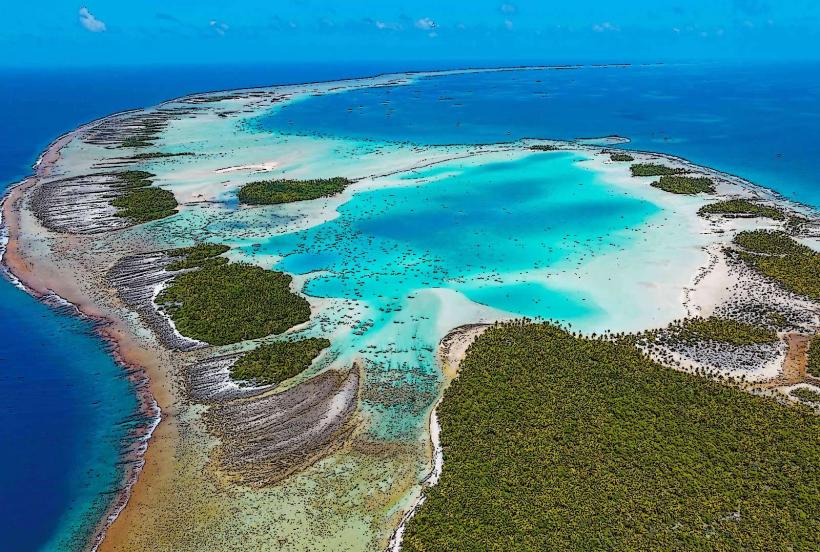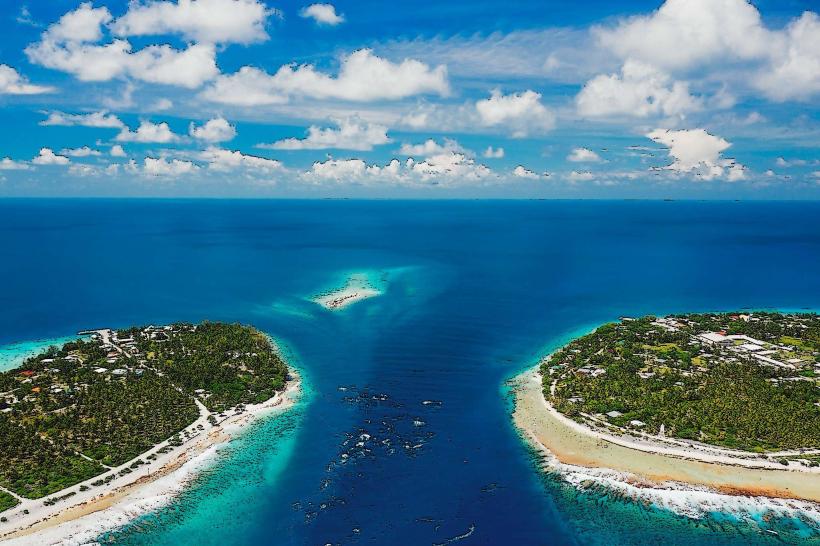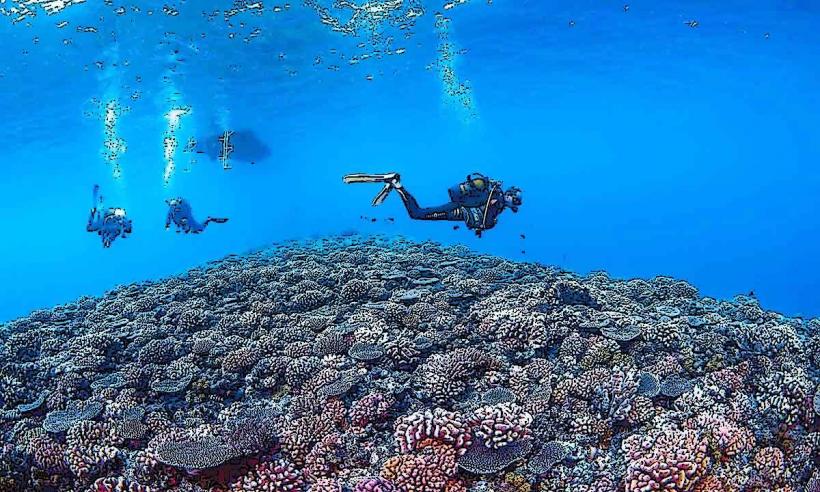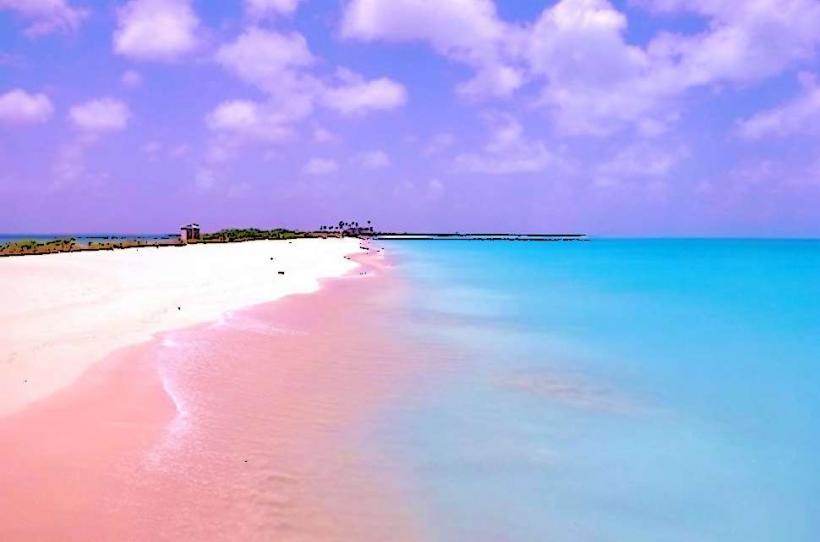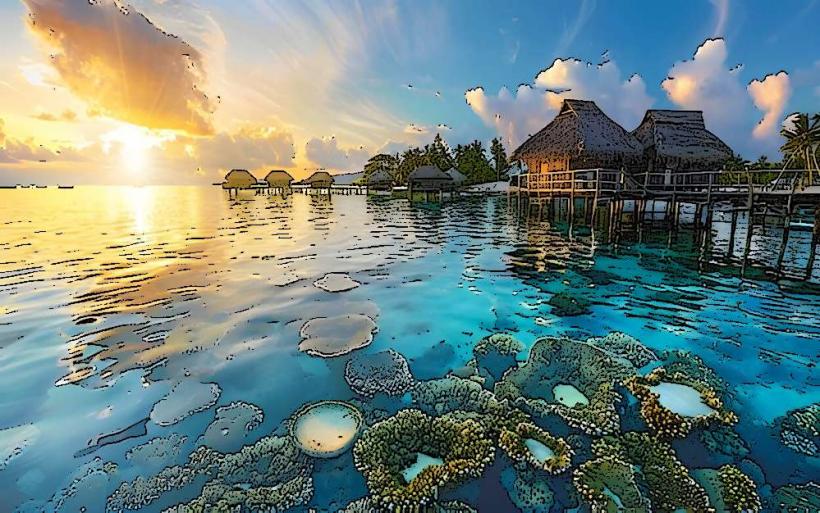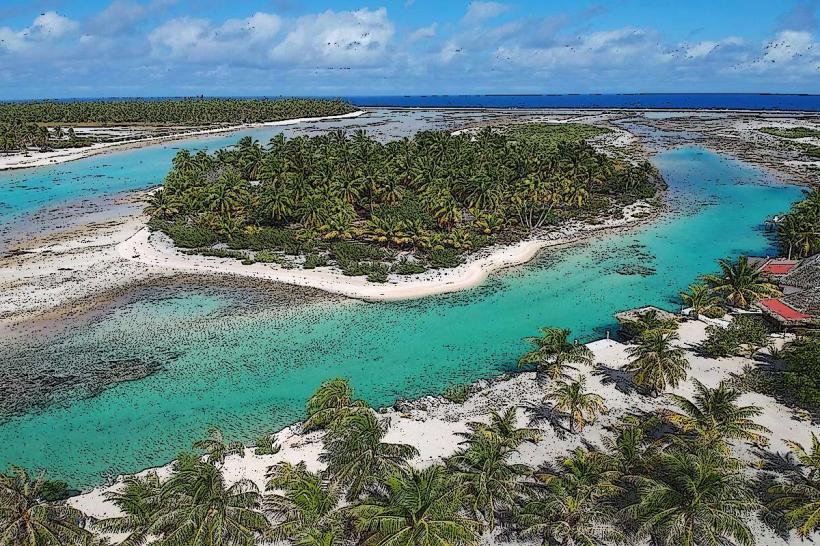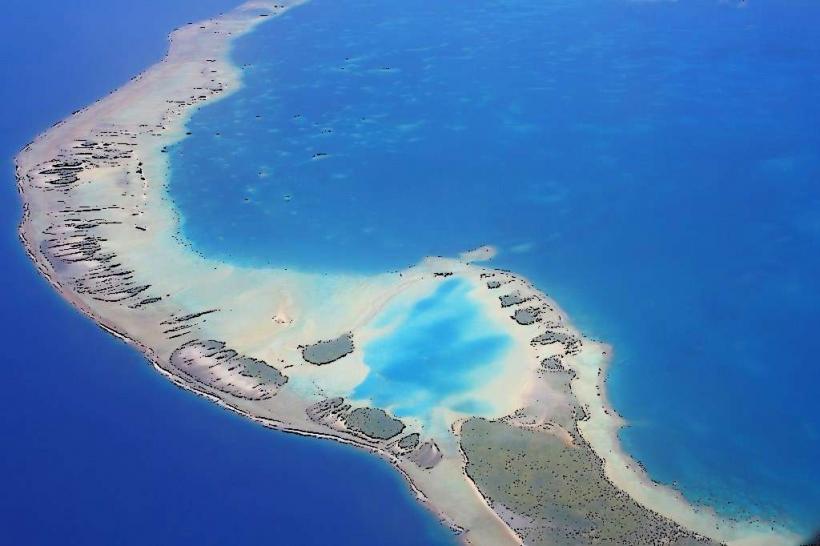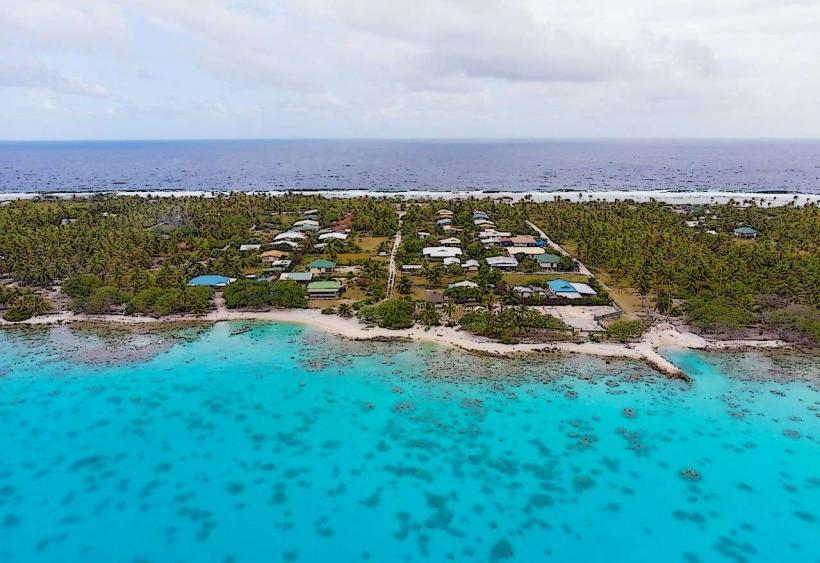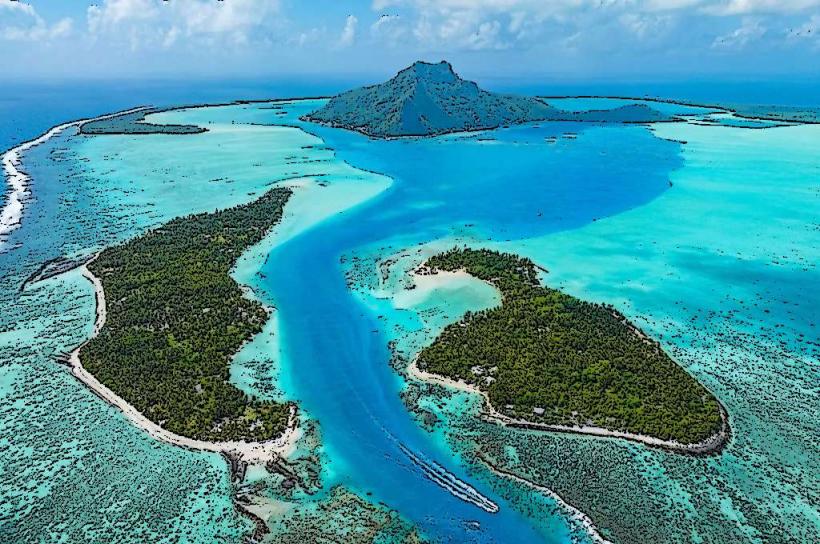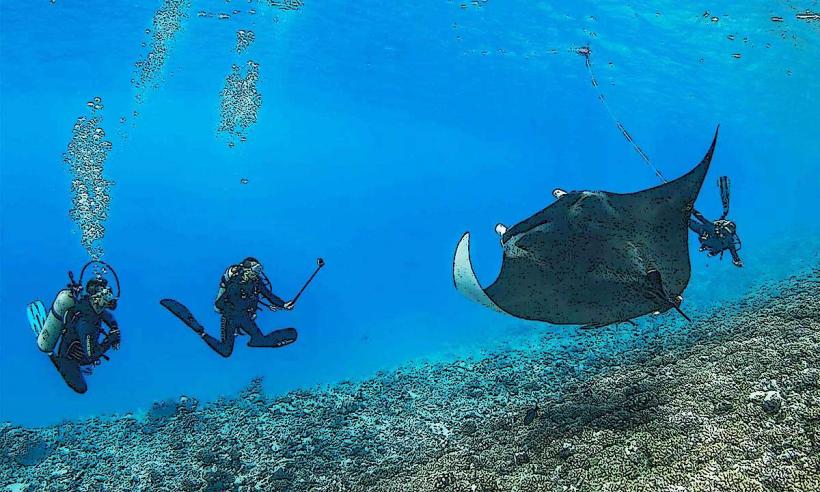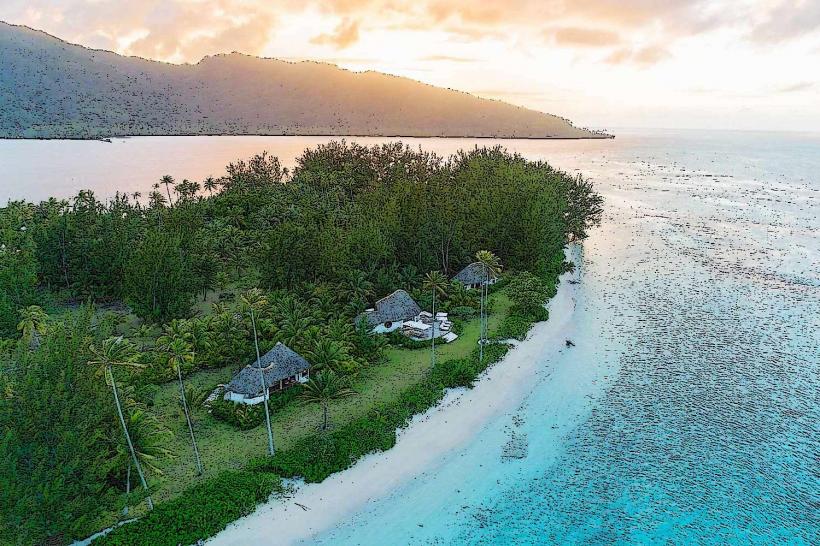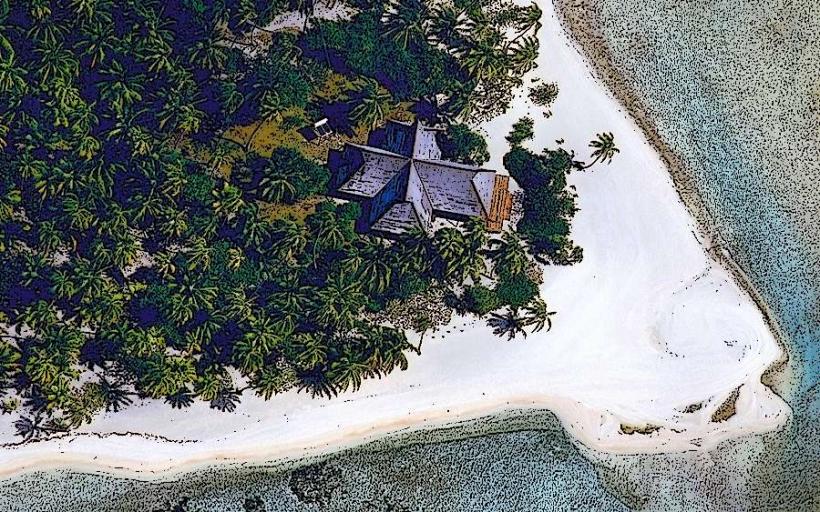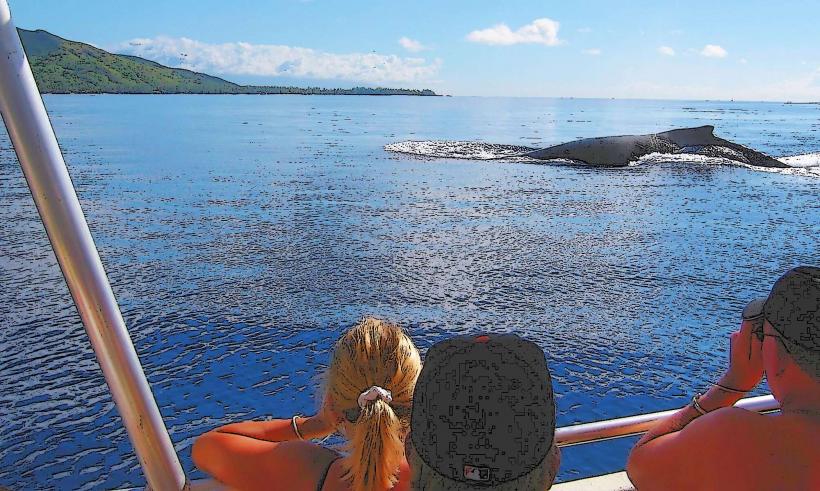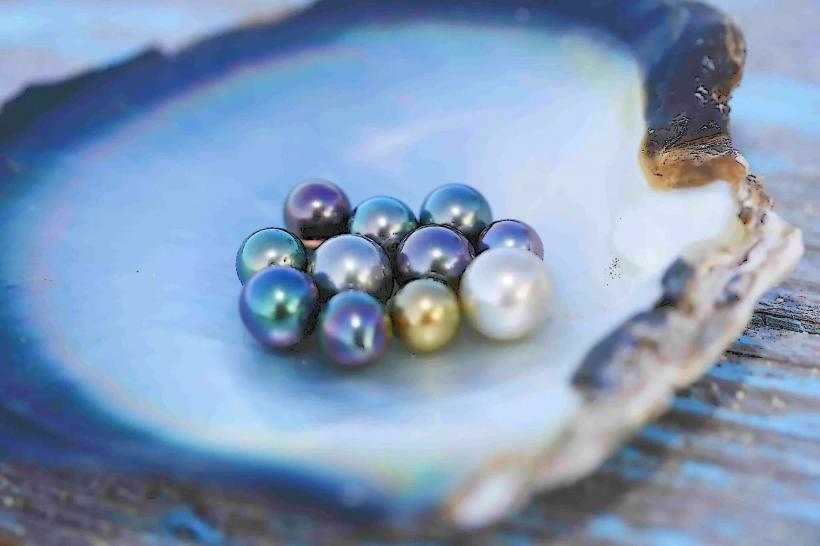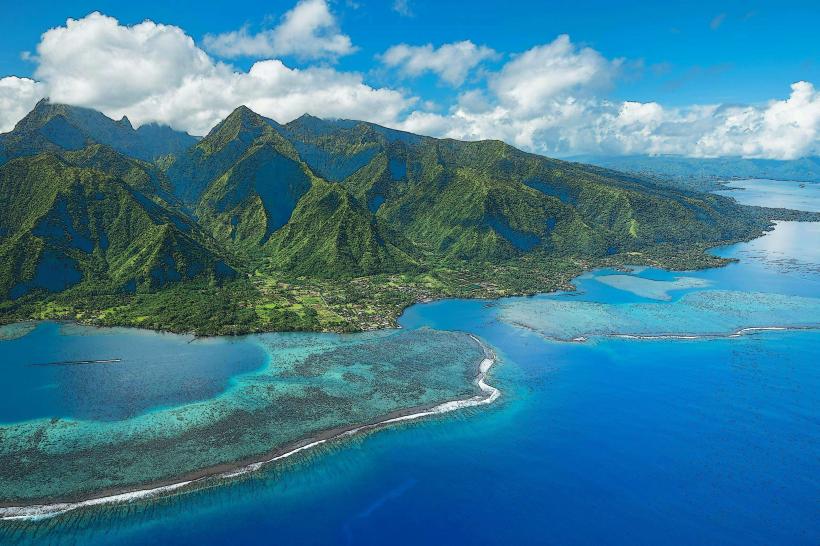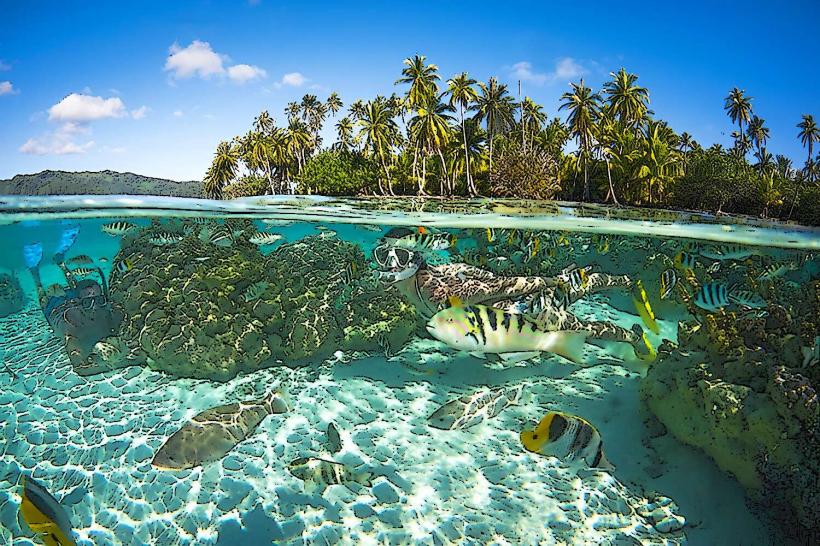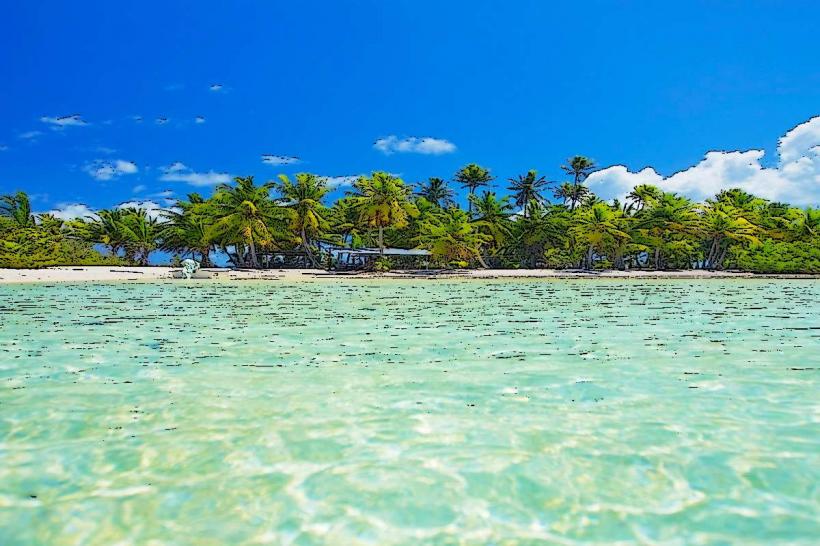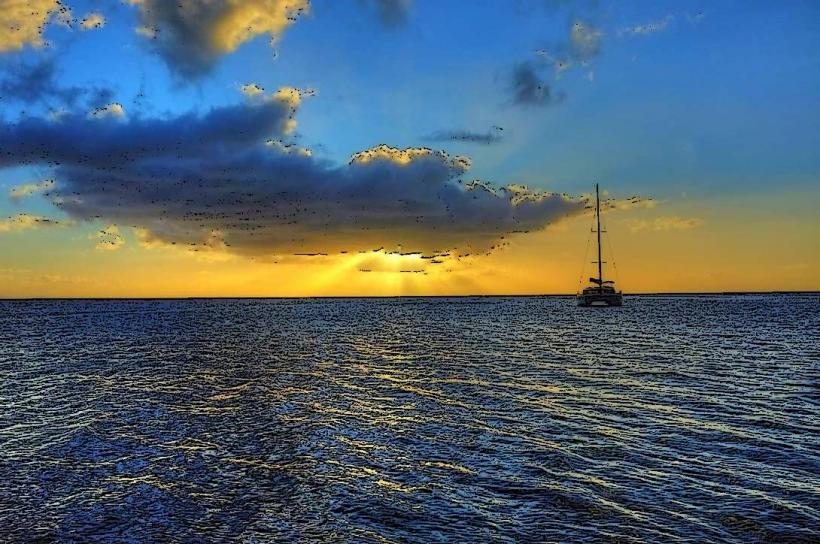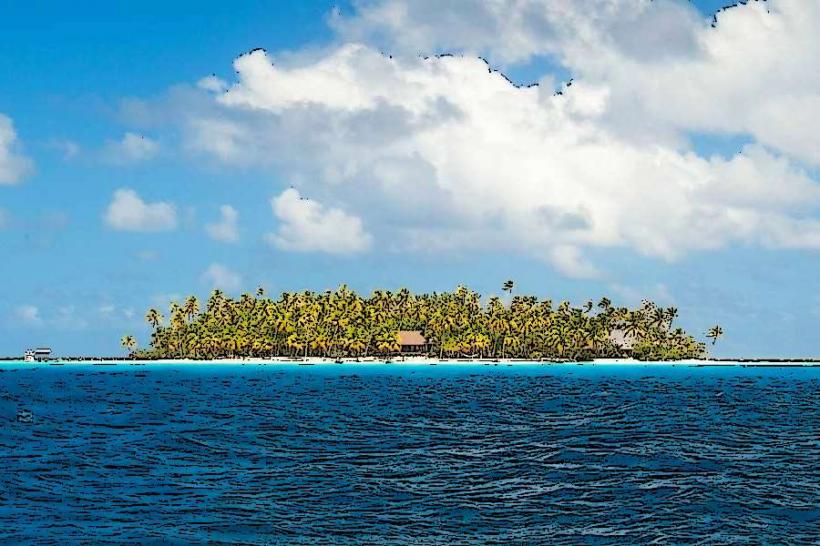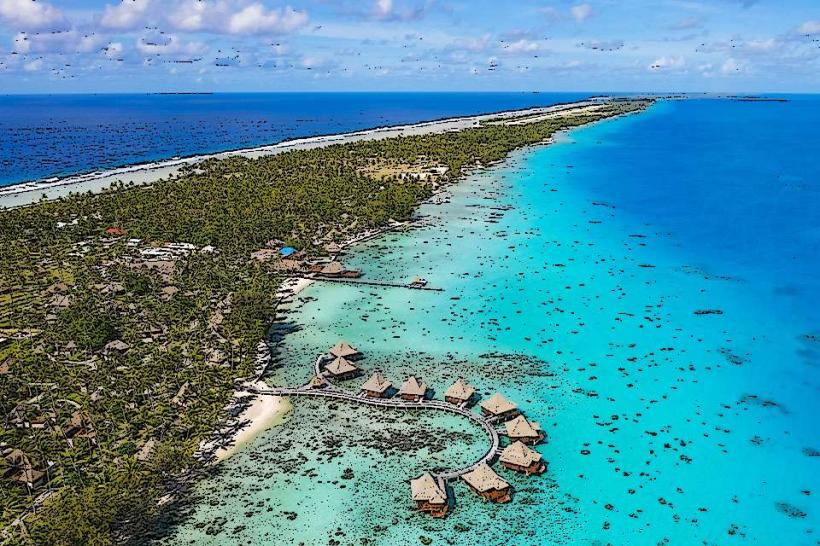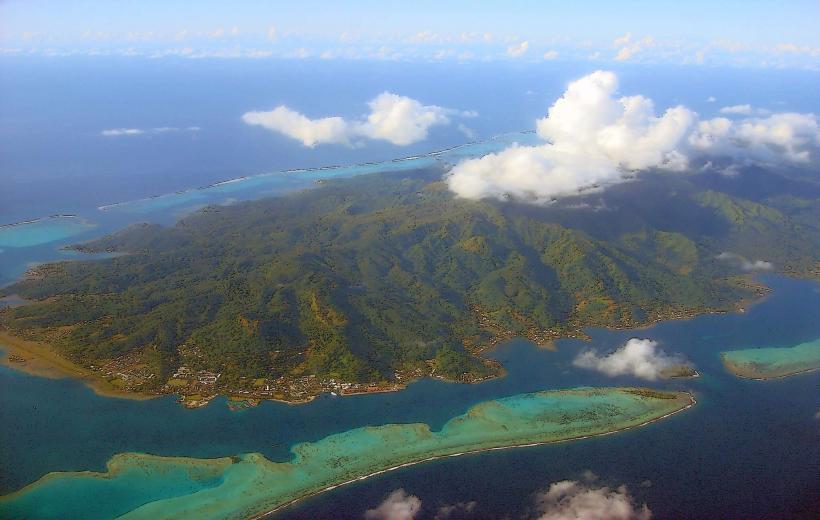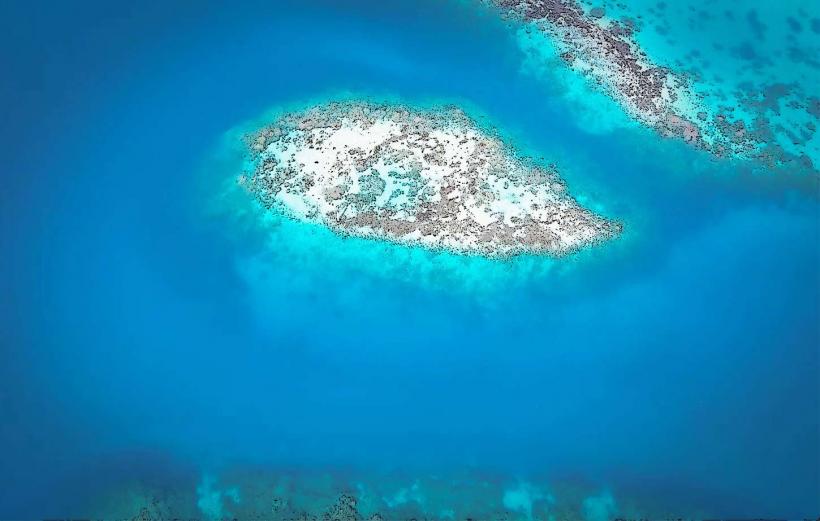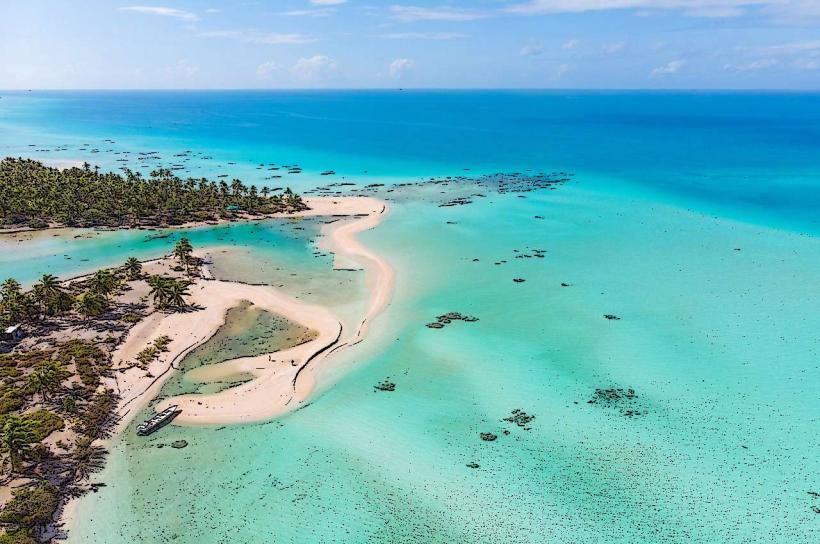Information
Landmark: Rangiroa Diving SpotsCity: Rangiroa
Country: French Polynesia
Continent: Australia
Rangiroa, located in the Tuamotu Archipelago, is renowned as one of the top diving destinations in the world due to its crystal-clear waters, abundant marine life, and stunning underwater landscapes. The atoll's lagoons, passes, and reefs offer diverse and exciting diving opportunities for both beginner and advanced divers. The most famous sites are located along the passes, where the currents bring nutrient-rich waters from the open ocean into the lagoon, attracting large pelagic species and vibrant coral ecosystems.
Top Diving Spots in Rangiroa
1. Tiputa Pass
- Overview: One of the most famous dive sites in Rangiroa, Tiputa Pass is known for its strong currents and incredible marine biodiversity. It is particularly famous for drift diving, where divers are carried by the current through the pass, giving them a chance to see large schools of fish, rays, sharks, and other pelagic species.
- Marine Life: Divers often encounter grey reef sharks, blacktip reef sharks, hammerhead sharks, manta rays, and dolphins. Schools of barracuda and jacks are also common, making this site an exhilarating experience.
- Difficulty: Suitable for experienced divers due to strong currents.
2. Avatoru Pass
- Overview: The Avatoru Pass, located near the main village of Avatoru, is another prime diving site in Rangiroa. Like Tiputa Pass, it features strong currents and offers divers the chance to explore deep, clear waters where nutrient flow creates a vibrant marine environment.
- Marine Life: Expect to see sharks, rays, and large schools of fish. The pass also has healthy coral gardens that are teeming with tropical fish and other reef species.
- Difficulty: The currents here are also strong, so this site is better suited for experienced divers.
3. The Shark's Hole
- Overview: A famous diving spot near the edge of Rangiroa Atoll, Shark's Hole is a deep blue section of the lagoon that attracts large numbers of sharks, particularly grey reef sharks. This site is a must-visit for those looking to observe these majestic creatures up close in their natural environment.
- Marine Life: In addition to sharks, divers may encounter moray eels, turtles, and schools of napoleon wrasse. The surrounding coral formations are also home to a variety of tropical fish.
- Difficulty: Suitable for intermediate divers, as the depth can vary and requires proper buoyancy control.
4. The Pink Sandbank
- Overview: The Pink Sandbank is an incredibly beautiful and unique dive site known for its underwater sandbanks with a pinkish hue. The site is located in the lagoon near the northern tip of the atoll and offers a great place for exploring calm, shallow waters filled with marine life.
- Marine Life: Divers and snorkelers will encounter small fish, rays, turtles, and even occasional sharks in the surrounding reef areas. The soft corals and sandbanks make for a stunning backdrop to the diverse marine creatures.
- Difficulty: This is a more accessible dive site, suitable for beginners and those looking for a more relaxed dive experience.
5. The Three Dolphins
- Overview: Located near the Tiputa Pass, The Three Dolphins is a diving spot named after the unique rock formations that resemble three dolphins. The site is famous for its clear waters, abundant fish life, and healthy coral.
- Marine Life: Expect to see large schools of fish, including triggerfish, parrotfish, and butterflyfish. The site also attracts manta rays and, depending on the season, dolphins and whales.
- Difficulty: Suitable for divers of all levels.
6. The Canyon
- Overview: The Canyon is an exciting dive site located in the lagoon and is known for its impressive underwater topography. The site features a deep crevice or "canyon" carved into the reef, which is filled with fish and vibrant coral.
- Marine Life: Divers often encounter moray eels, sharks, and large schools of tropical fish. The unique structure of the canyon also makes it an interesting site for underwater photography.
- Difficulty: Suitable for intermediate divers, as the site involves navigating through narrow passages and deep crevices.
7. The Wall of Rangiroa
- Overview: The Wall of Rangiroa is a famous dive site where the reef drops off sharply into the deep ocean, creating dramatic underwater cliffs and steep walls. This site offers spectacular views and is ideal for divers looking to explore both shallow and deep waters.
- Marine Life: Divers can see sharks, tunas, barracudas, manta rays, and many other species that are drawn to the nutrient-rich waters along the drop-off.
- Difficulty: Suitable for advanced divers due to the depth and strong currents.
8. The Reef at Tikehau
- Overview: Located just a short boat ride from Rangiroa, the nearby island of Tikehau is home to a reef that is perfect for diving. The area offers a quieter experience than Rangiroa, with fewer crowds and an abundance of marine life.
- Marine Life: The reef is known for its abundant schools of fish, including butterflyfish, parrotfish, and clownfish. It is also home to sea turtles, moray eels, and occasional sightings of mantas and sharks.
- Difficulty: Suitable for divers of all levels.
9. The Drift Dive at Tuamotu
- Overview: This drift dive is another popular option in Rangiroa’s rich lagoon, where divers can let the current carry them over beautiful coral gardens. This dive typically starts at the entrance to a pass and ends at the lagoon’s edge.
- Marine Life: Divers can encounter large schools of fish, sharks, and rays, as well as vibrant coral gardens and various invertebrates.
- Difficulty: Suitable for intermediate and experienced divers due to the currents.
Best Time to Dive in Rangiroa
- Dry Season (April to November): The dry season offers the best conditions for diving, with calm seas, good visibility, and a lower chance of rain. This is also when the currents are most predictable and manageable.
- Wet Season (December to March): The wet season can bring some rain and more unpredictable currents, though it is still possible to dive. Visibility can decrease, but diving conditions may improve after the rains clear.
Safety and Diving Tips
- Currents: Many of Rangiroa's dive sites, especially the passes, have strong currents. It’s essential to have experience with drift diving and be comfortable in fast-moving waters.
- Guided Dives: It is highly recommended to dive with a local guide or diving operator who knows the conditions of the sites and can help ensure safety.
- Equipment: Make sure your equipment is in top condition, as some of the dive sites, especially in the passes, may require you to handle rapid movements or deep dives.
Accommodations
- Hotel Kia Ora Resort & Spa: A luxury resort offering overwater bungalows and diving packages.
- Vahine Island Resort: A more intimate resort offering diving excursions.
- Local Guesthouses: There are budget-friendly accommodations available for travelers who prefer a more casual stay.
Conclusion
Rangiroa is a world-class diving destination, offering a variety of dive sites that cater to all levels of experience. Whether you’re drifting through the currents at Tiputa Pass, exploring the Shark's Hole, or admiring the coral gardens and underwater canyons, the atoll’s clear waters and diverse marine life make it a must-visit destination for diving enthusiasts.

